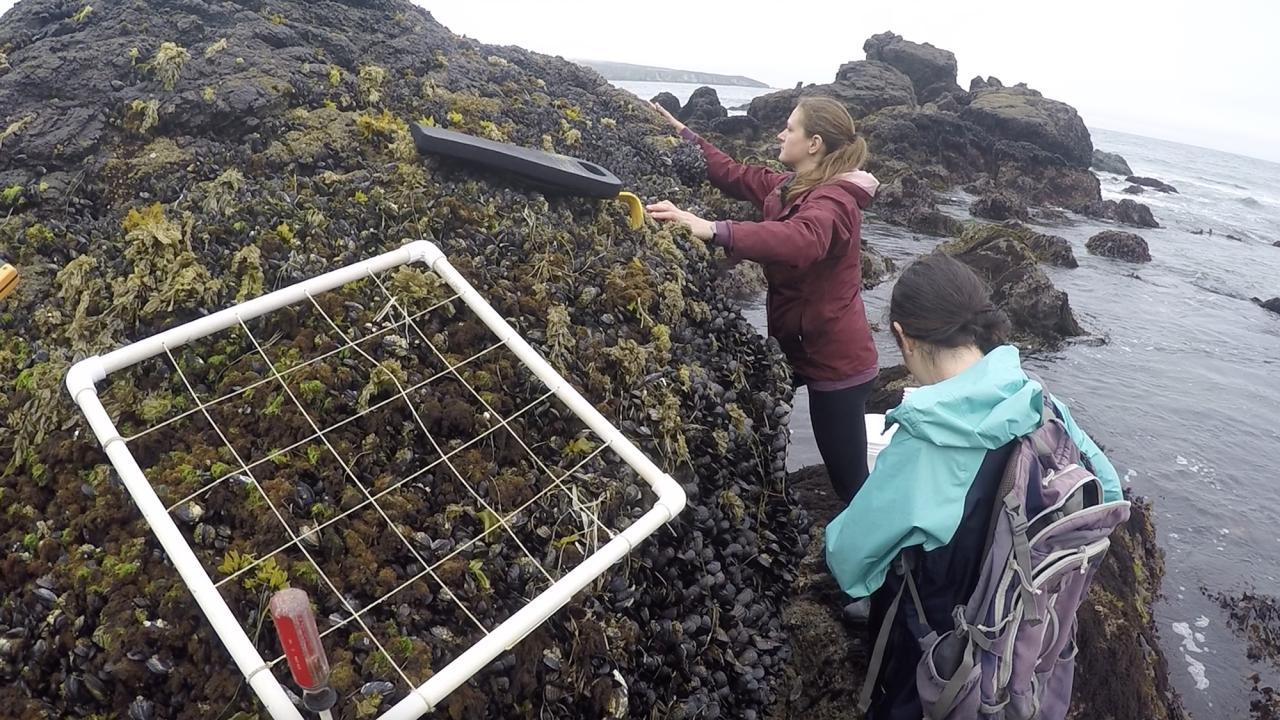
Mussel Bed Surveyed Before World War II Still Thriving
Old Manuscript Leads Researchers to Biodiverse Mussel Bed and 101-Year-Old Scientist
A mussel bed along Northern California’s Dillon Beach is as healthy and biodiverse as it was about 80 years ago, when two young students surveyed it shortly before Pearl Harbor was attacked and one was sent to fight in World War II.
Their unpublished, typewritten manuscript sat in the UC Davis Bodega Marine Laboratory’s library for years until UC Davis scientists found it and decided to resurvey the exact same mussel bed with the old paper’s meticulous photos and maps directing their way.
The new findings, published in the journal Scientific Reports, document a thriving mussel bed community that nonetheless shows the mark of climate change. Ninety species of invertebrates were found to live within the mussel bed — slightly more than those found in 1941. Among them were warm-adapted species more typically found in southern waters, such as the California horsemussel Modiolus carpenteri and the chiton Mopalia lionota.
Read the full article here.
